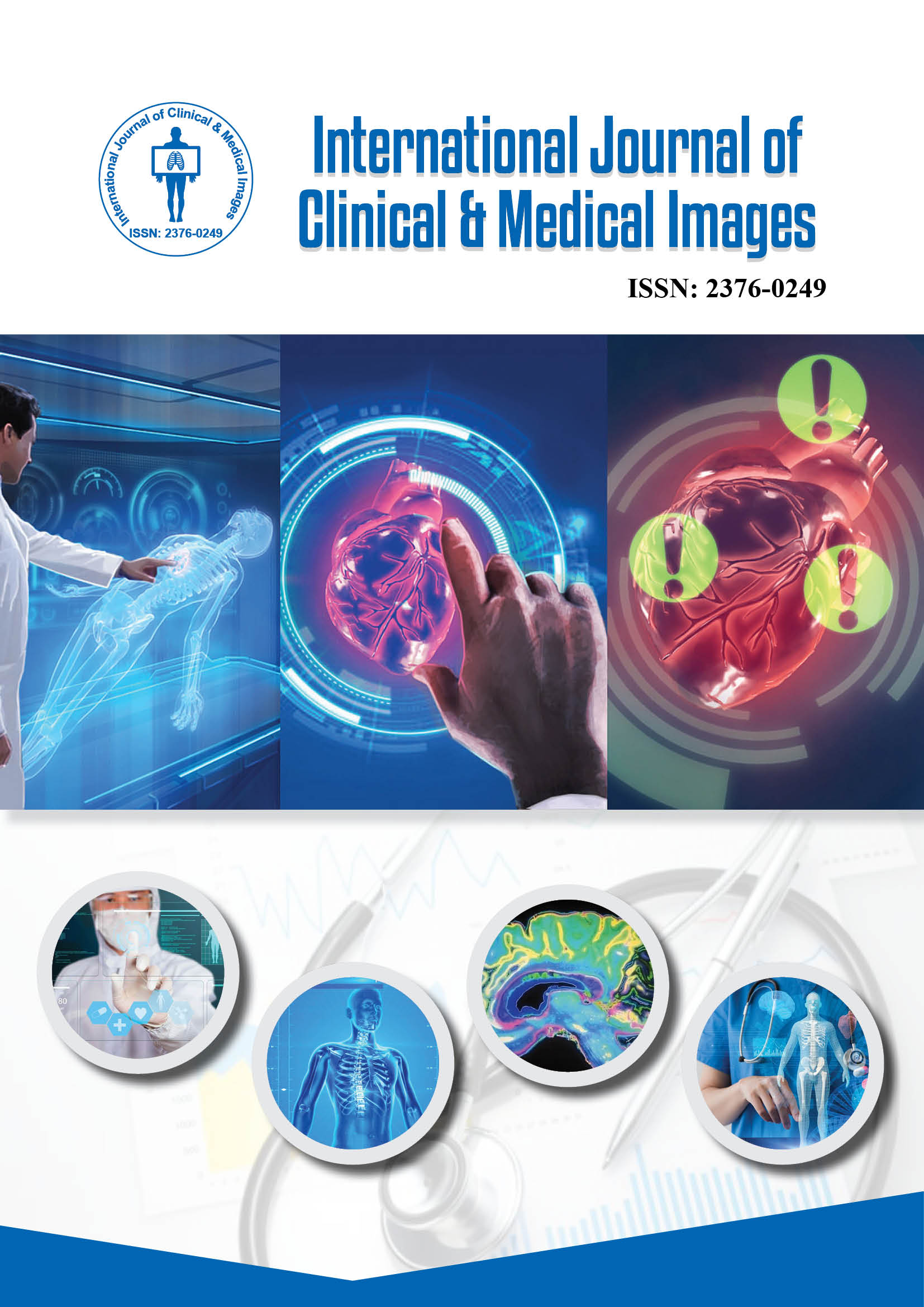2376-0249
Clinical Image - International Journal of Clinical & Medical Images (2025) Volume 12, Issue 1
Author(s): Luca Zurkiya
The study and diagnosis of human diseases have long relied on visual observation and interpretation. The advancement of imaging technologies has revolutionized medical diagnostics, allowing clinicians to visualize the internal structures of the human body with remarkable precision. A visual atlas of human pathologies, combining radiographic and clinical images, serves as an invaluable educational and diagnostic resource. It bridges the gap between theoretical understanding and practical identification of disease manifestations, offering an integrated perspective on the morphology, physiology and pathology of human systems. By presenting a curated compilation of diverse pathological conditions, such an atlas enables both medical students and healthcare professionals to correlate clinical findings with imaging evidence, enhancing diagnostic accuracy and medical decision-making [1].
Radiographic imaging plays a pivotal role in the early detection, evaluation and management of numerous diseases. Techniques such as X-ray, Computed Tomography (CT), Magnetic Resonance Imaging (MRI) and ultrasound provide distinct and complementary insights into the bodyâ??s internal environment. Each modality offers specific advantages depending on the pathology under investigation. For instance, X-rays are highly effective in detecting skeletal deformities, fractures and pulmonary lesions, while CT scans provide detailed cross-sectional images that reveal complex structural abnormalities. MRI, on the other hand, excels in soft-tissue visualization, making it indispensable in diagnosing neurological, musculoskeletal and cardiovascular conditions. The inclusion of such high-resolution images in a visual atlas allows for the detailed comparison of normal anatomy and pathological alterations, fostering a deeper understanding of disease progression and tissue response [2].
Clinical images, captured during physical examinations, surgical procedures, or through dermatological and endoscopic observations, add another dimension to the atlas. They present the external manifestations of diseases, including lesions, rashes, ulcers, deformities and other visible abnormalities. When integrated with radiographic data, these clinical visuals provide a holistic view of pathology, linking internal structural changes to external clinical presentations. For instance, in cases of cancer, a radiographic image may reveal a tumorâ??s location and extent, while a clinical photograph could illustrate the surface involvement or associated complications. This correlation is crucial in comprehensive diagnosis and treatment planning, allowing practitioners to approach disease from both an anatomical and functional standpoint.
In conclusion, a visual atlas of human pathologies encompassing radiographic and clinical images represents a cornerstone of modern medical education and diagnostics. It synthesizes visual data from multiple imaging modalities with clinical observations, enabling a comprehensive understanding of disease mechanisms. By bridging the visual and conceptual aspects of pathology, such an atlas empowers healthcare professionals to recognize, interpret and manage diseases more effectively. As imaging technology continues to evolve, the visual atlas will remain a dynamic and indispensable reference, guiding the future of medical learning and clinical excellence.
Human Pathology, Radiographic Imaging, Clinical Diagnosis
None.
None.
Google Scholar Cross Ref Indexed at
 Awards Nomination
Awards Nomination

